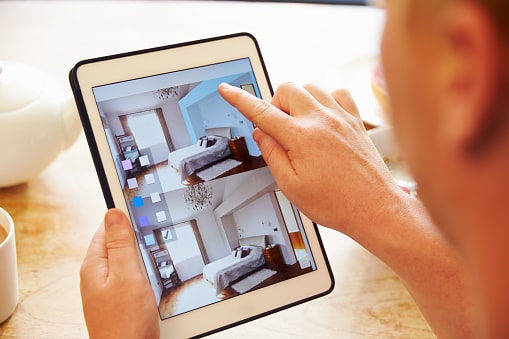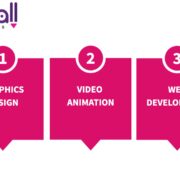Every one of us has an image of our dream home in our minds. However, not many of us have the technical skills to present the design in a visual format. Fortunately, technology has advanced to a point where there’s an app or software for almost everything.
Home Design Software is the answer to making 2D and 3D designs of buildings and their interiors in real time. Amateurs, homeowners, engineers, architects, contractors, and interior designers, can use the software to create a blueprint of the design virtually.
The software allows you to create a virtual home and decorate it the way you want to. Sounds wonderful, isn’t it?
However, it is equally important to choose the right home design tool based on your requirements. With so many options available in the market, it can be a tough task to find software that fits your needs.
X Tips to Choose the Best Home Design Software
1.) The Intent Behind Buying Home Design App
An amateur has a different reason than an architecture student or an interior designer. Novice users need simpler tools that don’t require technical knowledge or skills (in construction and engineering). On the other hand, a professional home builder will need a complex tool to design intricate buildings and explain their ideas to clients.
2.) Invest in Online Software
Software or apps compatible with specific devices will limit your usage. For example, software developed for Windows OS will have to be installed on a computer. However, online software is flexible and multi-device friendly. It can be used on computers, laptops, tablets, and smartphones with different operating systems. All you need is an internet connection. If the home design software is available on various platforms, that’s even better. You can sync data across devices.
3.) Straightforward Learning and Usage
Even the easiest home design tool needs some learning. You should go through the tutorials and tips to understand how to use the various features for designing a building. However, not software tools have a short learning curve. If you have to spend a month just to learn, it may not be the right choice for you.
4.) Realistic/ HD Visualizations
We live in a 3D-loving world. Virtual images have to be as good as real ones. The home design tool has to create realistic-looking buildings and interiors to create a greater visual impact. Opt for software that allows multiple options like 2D, 3D, and HD designs.
5.) Extensive Library/ Catalog
The software should have a built-in library or catalog with pre-loaded items like décor, furniture, colors, walls, carpets, roofs, etc. This makes it easy to design a building by selecting the outline and adding items from the catalog. It saves time when you can use existing items to complete the house instead of uploading third-party images.
6.) Understand the Pricing Plans
Home design software comes in a varied price range. The free versions have limited features, while the enterprise plans are customized for large construction companies. Compare the prices and features of the tools you like before choosing one. Sometimes, an expensive investment can deliver higher ROI over time. This depends on why you want to buy it and how much you intend to use it.
7.) Read User Reviews
Reviews by existing users helps you to make a better decision. Go through the pros and cons to identify the strengths and weaknesses of the software. Pay attention to how prominent features work and the customer service offered by the company. Good home design software will have more than a 4-star rating.
Final Words
Don’t buy the first home design tool you come across. Take your time to thoroughly understand the functionalities and limitations of the top recommended software apps. Check if the Home Design Software offers a free plan or trial period to test its features.
Create a couple of designs using the tools and compare the output. Go with the software that suits all your needs and budget. It’s important to not rush through the process. Examine as many tools as you like and choose the best home design software for you.




